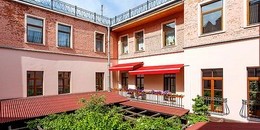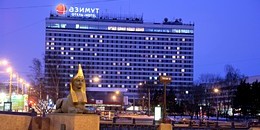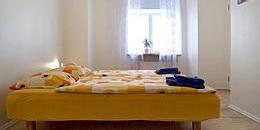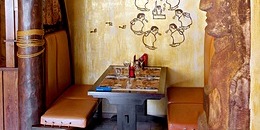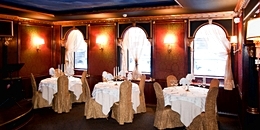Trinity Cathedral
The enormous Classical dome of Trinity Cathedral is located just south from the gleaming Baroque cupolas of St. Nicholas' Cathedral. Trinity Cathedral is a fine example of Classical architecture built by Vasily Stasov. It can accommodate up to 3,000 visitors, but sadly has only recently begun to be restored to its pre-Revolutionary splendor, after years of neglect.
Trinity Cathedral was the regimental church of the Izmailovsky regiment, one of the oldest guards regiments in the Russian Army. Named after the village of Izmailovo, near Moscow, the Izmailovsky regiment moved to Petersburg when the northern city was re-established as the Russian capital under Empress Anne.
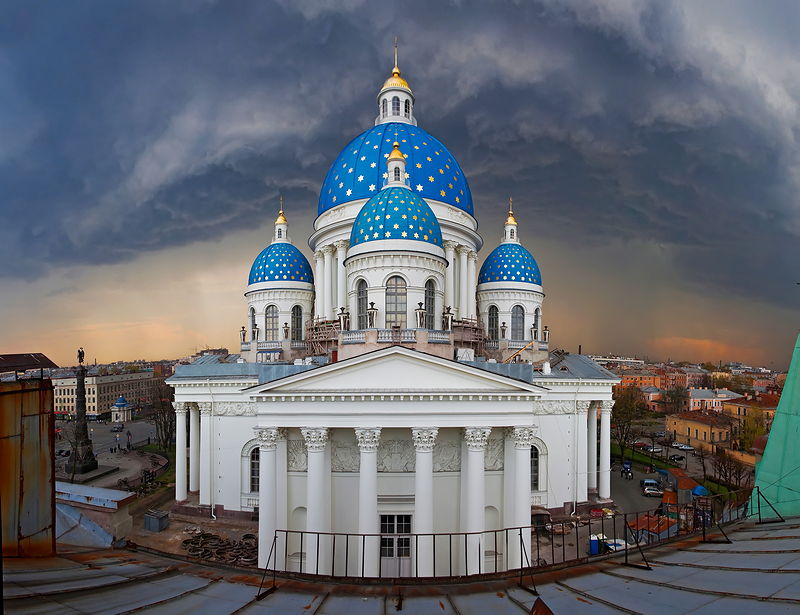
On July 12, 1733, a large field tent operating as a church was consecrated here, with icons painted on a dark blue satin. However, the church functioned only in the summer, and in winter the soldiers and officers had to attend other parish churches. In 1754-1756, a wooden church was built on the site on order of Empress Elizabeth. The church had two altars, the main one of which was consecrated in the name of the Trinity. It suffered heavy damage as a result of the flood of 1824 and had to be rebuilt, a commission given by Nicholas I to Vasily Stasov.
Construction of the new church began in May 1828, and despite several accidents hampering the work, the cathedral was consecrated in May 1835. The cathedral rises to a height of more than 80 meters, and dominates the skyline of the surrounding area.
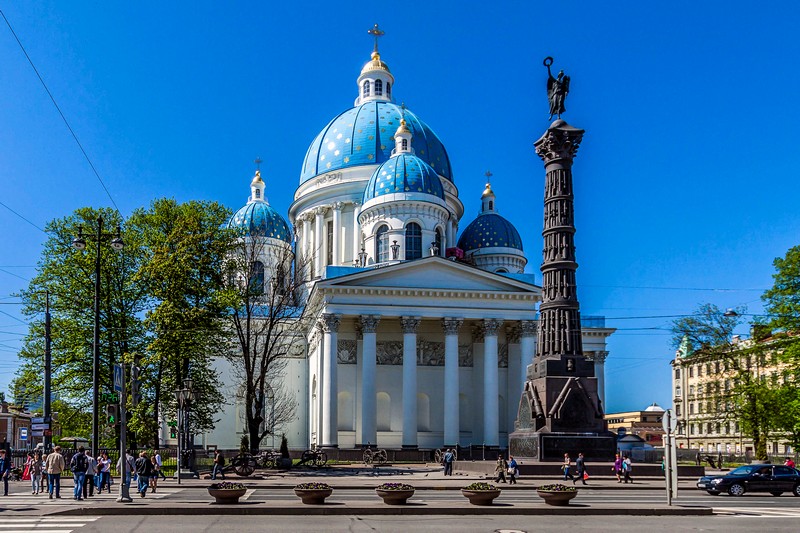
Memorial plaques to regimental officers killed in battle were mounted on the cathedral's wall. After the cathedral's opening, flags, keys from forts and other trophies that the regiment won in campaigns in 1854-1855 and 1877-1878 were also housed in the cathedral.
The Trinity Cathedral was renowned for its exemplary collection of icons. The main section of the cathedral housed the Nativity icon, while the southern section housed the Jesus Christ icon. Empress Elizabeth presented the church with the Beginning of Life Trinity icon in 1742. Other holy objects housed in the cathedral included a large ark made in the form of a cross in 1753 from silver, a large silver cross presented to the cathedral by Nicholas I in 1835, and two large Gospels in valuable bindings.
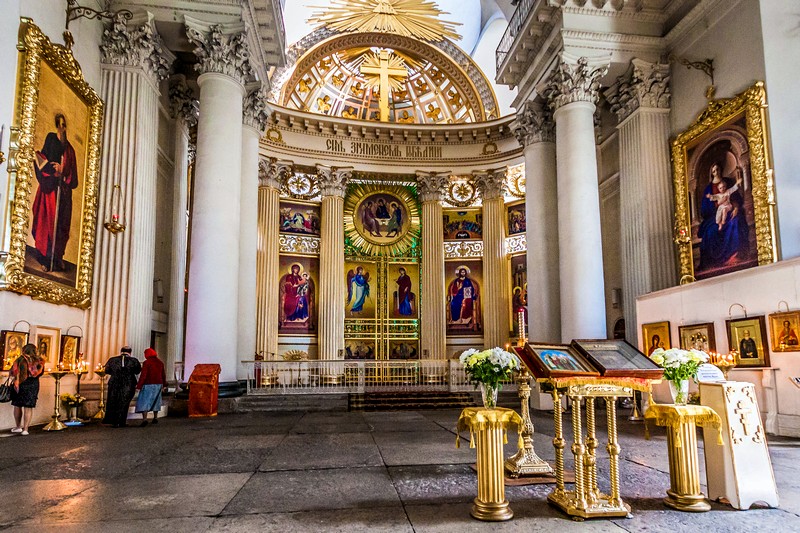
Unfortunately, in 1922 most of the cathedral's valuables were looted, and the thievery continued for several more years until the cathedral was finally closed in 1938. There were rumors of plans to demolish the cathedral and use the remaining material for a district workers' theatre. However, the rumors never came true and the cathedral was transferred to the Soviet Ministry of Telecommunications, for which it became a warehouse. Only in 1990 did the cathedral return to the hands of the Russian Orthodox Church. when restoration began.
The cathedral is now open and functioning once again, although the largely bare, Spartan interior is saddening when compared with the splendor and majesty of its pre-Revolutionary past.
In honor of the victory in the Russo-Turkish War of 1877-78 when the Russians liberated Bulgaria from a Turkish invasion a memorial column was constructed in front of the northern facade of the cathedral. Its foundation was 140 trophy cannon barrels used to beat back the Turks during the liberation of Bulgaria. The monument stood eight meters high, and was crowned with the winged figure of victory with a wreath made of oak leaves in one hand and palm branches in the other. An iron spiral staircase was located inside. Ten cannons surrounded the outside of the monument. Unfortunately, in 1930 the monument was dismantled and sold to Germany for cash.
| Address: | 7a, Izmailovsky Prospekt |
|---|---|
| Metro: | Tekhnologicheskiy Institut |
| Open: | Daily 9 am to 7 pm. |
| Telephone: | +7 (812) 251-8927 |
| Website: | http://www.izmsobor.ru/ |
| Accessibility note: | The church is wheelchair accessible |

